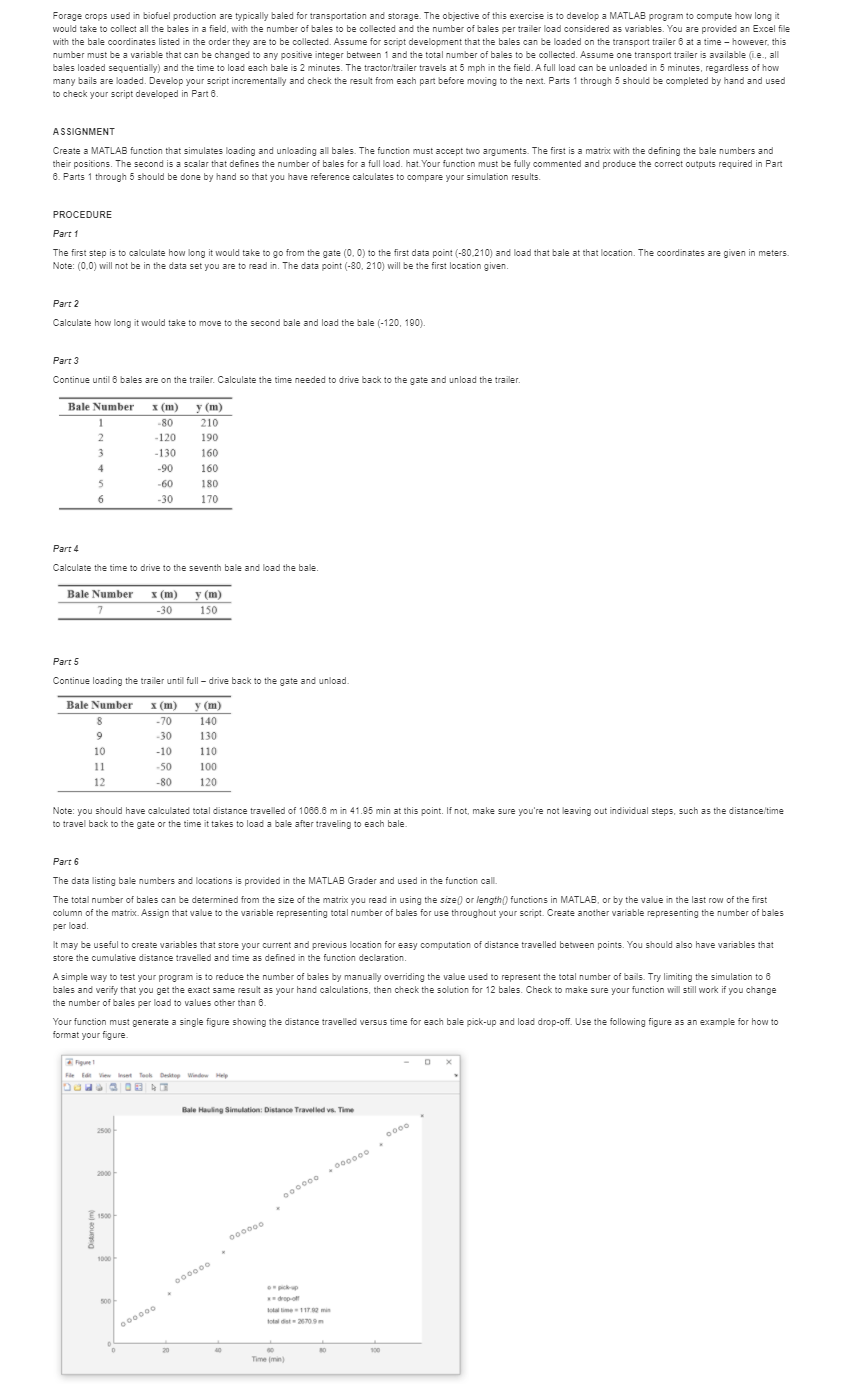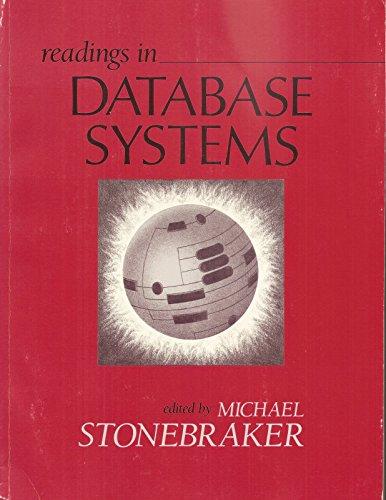Answered step by step
Verified Expert Solution
Question
1 Approved Answer
1 %Title: LAB 5 2 %Filename: BaleHauling.m 3 %Author: 4 %Date: 5 Description: This function takes in a list of bale locations and the number


Step by Step Solution
There are 3 Steps involved in it
Step: 1

Get Instant Access to Expert-Tailored Solutions
See step-by-step solutions with expert insights and AI powered tools for academic success
Step: 2

Step: 3

Ace Your Homework with AI
Get the answers you need in no time with our AI-driven, step-by-step assistance
Get Started


